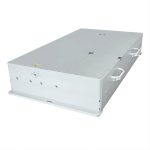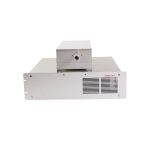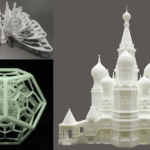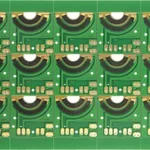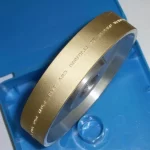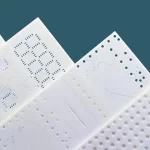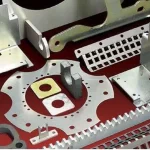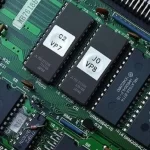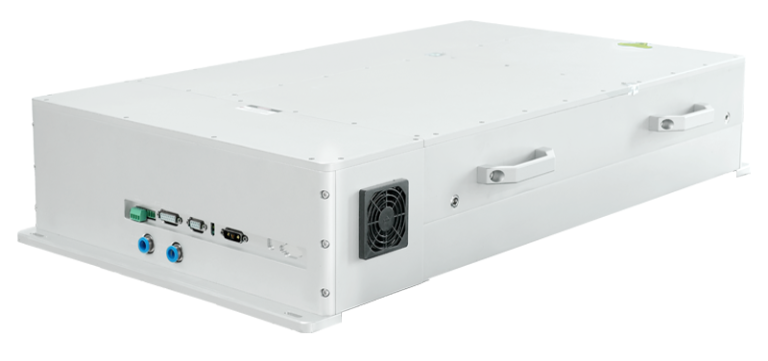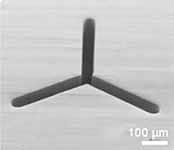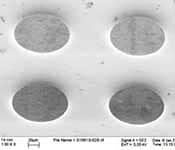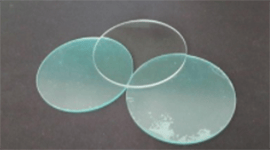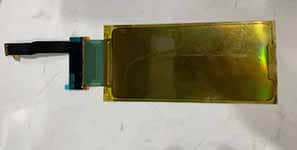The resolution of the clock time in our daily life is seconds but the resolution of femtosecond laser on time can reach the level of femtosecond. Many details of movement which we normally cannot see with naked eyes can be seen by the machine whose resolution of time reaches a certain level. For example, we can see a very wonderful world with the help of film and television equipment.
The femtosecond laser is a kind of pulsed laser. Femtosecond refers to the duration of pulse. This is not the same thing as the frequency of pulse. The frequency of pulse means the number of pulses emitted by laser within 1 second. For example, the pulse duration of 100 milliseconds is 1 second while the pulse duration of 10,000 milliseconds is 10 femtoseconds. Therefore, we can understand that a femtosecond laser can emit 1010 pulses within 1 second.
In a femtosecond laser, all electrons will move at extremely high speeds. When an object moves quickly, an intense light will be reflected from its surface. Femtosecond laser can be used to study how light travels and changes in space. Theoretically speaking, femtosecond laser can be used to study the motion of some atoms and molecules. Smaller, faster and more subtle movements can be produced than that we see in our daily life by controlling the pulse duration of femtosecond laser.
When studying photosynthesis, you need to emit 10,000 pulses in one second if you want to observe the process of photosynthesis from leaves. If not you will not be able to see the process. It is required to create a femtosecond laser with extremely high time resolution to achieve this goal. In order to make such a laser, we need to emit the ultra-short pulse laser on the materials. Laser scanning technology can be used to produce a very thin film of femtosecond laser to do this work.
So far, there are already several advanced femtosecond laser systems in the world. These systems can place a femtosecond laser one meter away to observe what it is doing.
Femtosecond laser has much higher resolution of time than film and television equipment. After calculation, femtosecond laser has obtained the world’s shortest pulse which humans can obtain in the laboratory. Through femtosecond laser, we can see faster and more subtle movements such as the photosynthesis process of green plants, the fission process of cells, the movement of electrons around atoms and so on. However, these processes cannot be formed in images and they can only be displayed by femtosecond lasers in the form of ripples. Nonetheless, there are many things that professionals can do with femtosecond lasers and scientists are studying how to apply it to examine cancer cells in human body. Since femtosecond laser also has extremely high spatial resolution, they can catch up with the electrons moving around nucleus and destroy them one by one, only leaving an isolated nucleus alone.
Femtosecond laser is generally applied in the fields of glass, ceramic processing, medical treatment, or semiconductor, scientific research, aviation materials, material microprocessing and etc. Green femtosecond laser is mostly used in precision measurements like human tissue, DNA separation, cell structure analysis while UV femtosecond laser has wide applications in the fields of OLED cutting, wafer cutting, thin polymer film cutting, semiconductor material cutting, FPCB and low-cost electrical constant material processing as well as stainless steel drilling and stainless steel sheet processing. INNGU GXP series femtosecond laser has integrated design with compact structure and small size, which has effectively improved the convenience and stability of the laser. At the same time, INNGU femtosecond laser adopts industrial level design and industrial manufacturing, thus it can run stably in long term and work normally under harsh environments. Besides, GXP series femtosecond laser can be free from external interference during operation and has the advantages of low noise, high output power and strong system stability.
